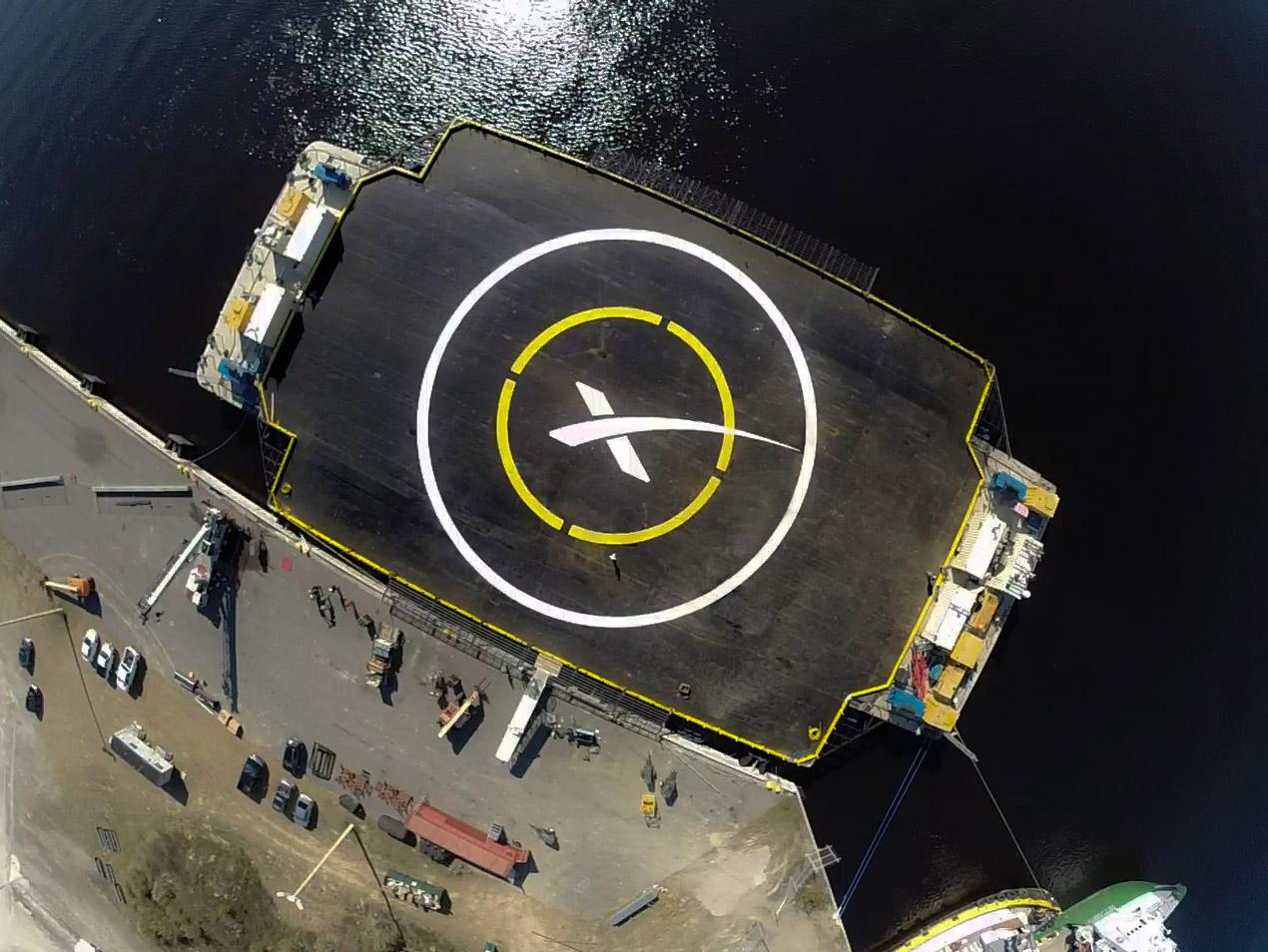How does SpaceX’s autonomous droneship landing system handle variations in sea state and weather?

Hey there, Space Fans! Welcome back to our deep dive into the innovative technologies that are revolutionizing space travel and landing! 🌊 Today, we're setting sail into the fascinating world of SpaceX’s autonomous droneship landing system and how it adeptly handles the unpredictable nature of sea states and weather conditions. Ready to embark on this journey? Let’s go! 🚀
Greetings, Ocean Observers! SpaceX's droneships, named "Of Course I Still Love You" and “Just Read the Instructions,” serve as platforms for landing Falcon 9’s first stage after launch. These droneships operate at sea—often hundreds of miles offshore—where conditions can change rapidly. Sea states can range from calm to rough, with wave heights reaching up to 10 feet (about 3 meters) or more. Weather elements, such as wind and storms, can also pose significant challenges to precision landings. 🌪️
To tackle these challenges, SpaceX employs an impressive suite of technologies and engineering solutions. The landing legs of the Falcon 9 are equipped with advanced sensors that allow the vehicle to monitor its vertical and horizontal velocity as it descends. This data is extremely valuable when accounting for shifting conditions caused by winds and waves. In fact, Falcon 9's onboard systems can make adjustments to its descent trajectory in real-time, adapting to atmospheric changes that could otherwise affect landing accuracy. 📡
Hey there, Tech Enthusiasts! SpaceX’s droneships are not just static platforms; they are clever vessels equipped with their own stabilization systems. These ships can actively adjust their position using thrusters to mitigate rolling or pitching from wave action, ensuring that the landing pad remains level during a landing. The ability to autonomously position itself despite challenging sea states significantly increases the likelihood of a successful touchdown. ⚓
Moreover, SpaceX uses sophisticated algorithms that analyze real-time weather data from multiple sources. This allows the mission control team to make informed decisions about the optimal landing window and to strategize against predicted unfavorable weather conditions. For instance, if winds exceed safe thresholds—typically around 30 knots (approximately 35 mph or 56 km/h)—the droneship can be repositioned or alternatives considered.
It’s also worth noting that SpaceX has successfully completed over 50 drone ship landings, demonstrating the effectiveness of these technologies in varying conditions! Each successful landing contributes to their ultimate goal of reusability in space travel, slashing launch costs and increasing mission efficiency. 💰
In conclusion, the harmony of advanced technology, smart design, and real-time decision-making equips SpaceX’s autonomous droneship landing system to handle the dynamic challenges of sea state and weather. This capability reflects not just engineering prowess but also the determination to make space travel more sustainable and reliable for future generations. 🌌
#SpaceX #Droneship #LandingSystem #Engineering #SpaceTravel #AutonomousTechnology #AerospaceInnovation
Image credit: SpaceX